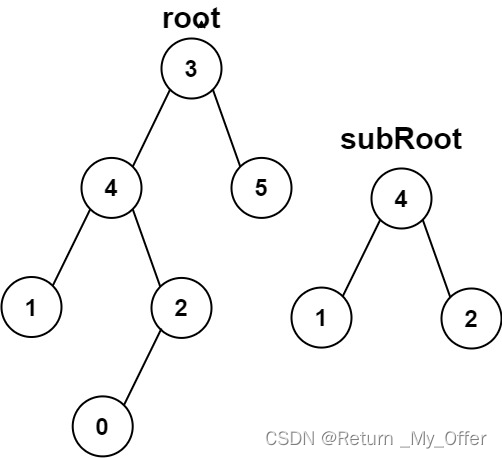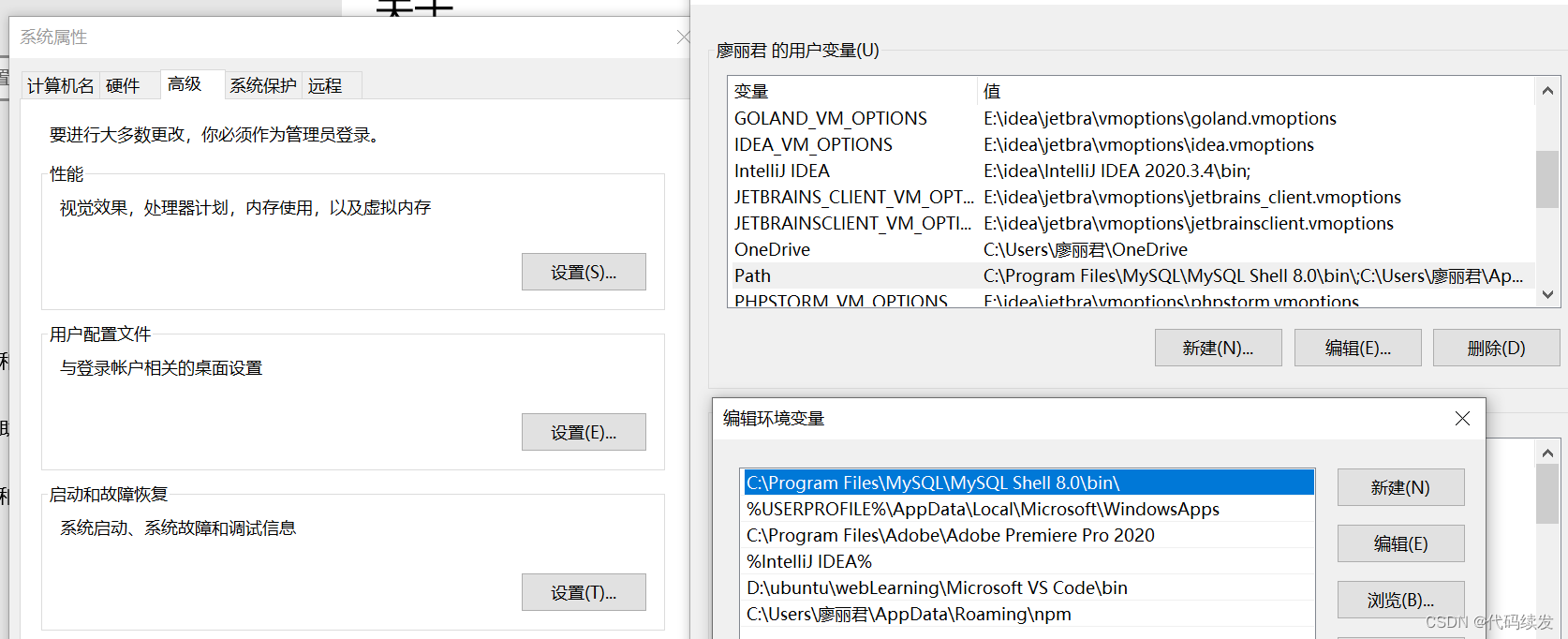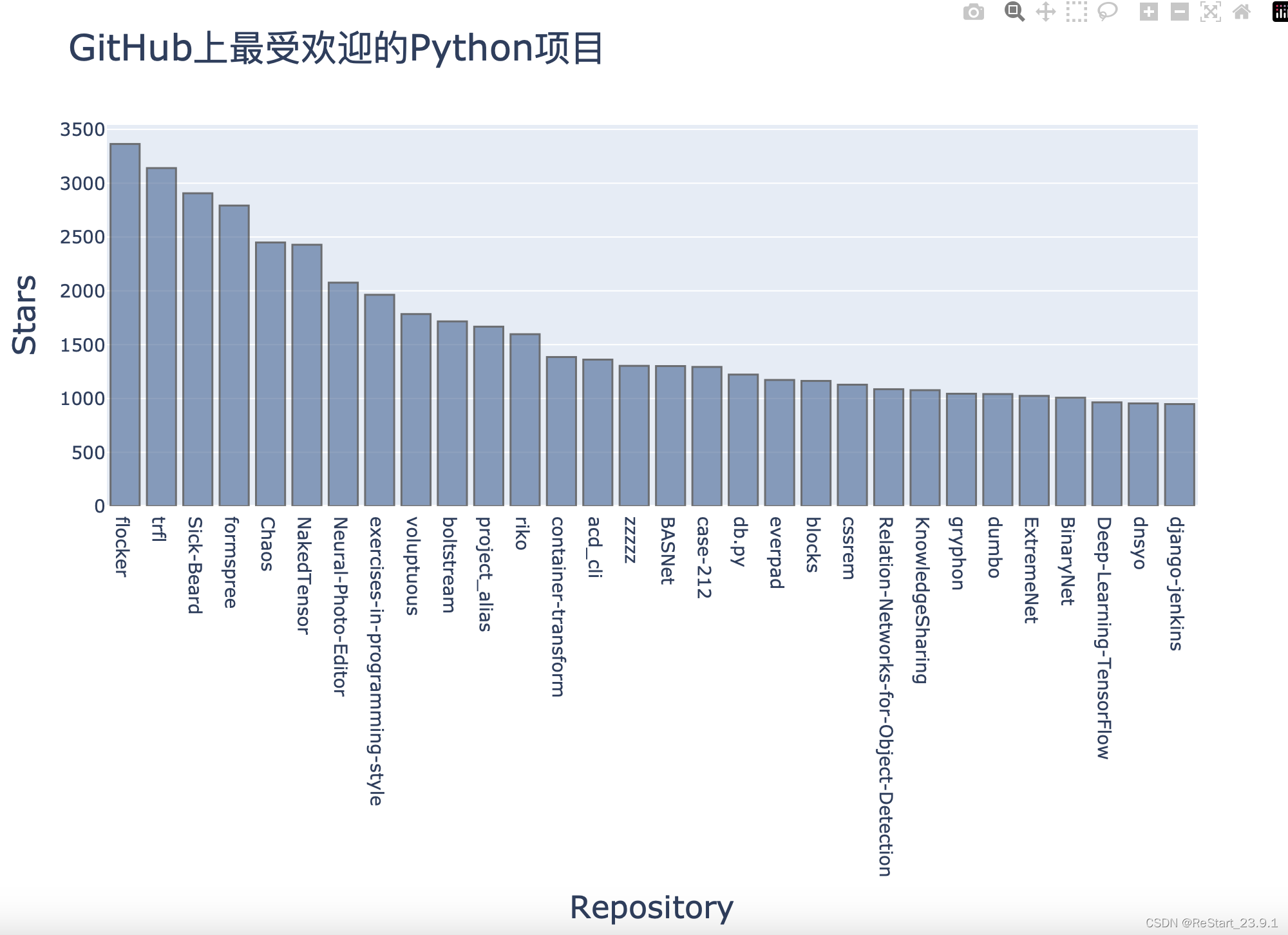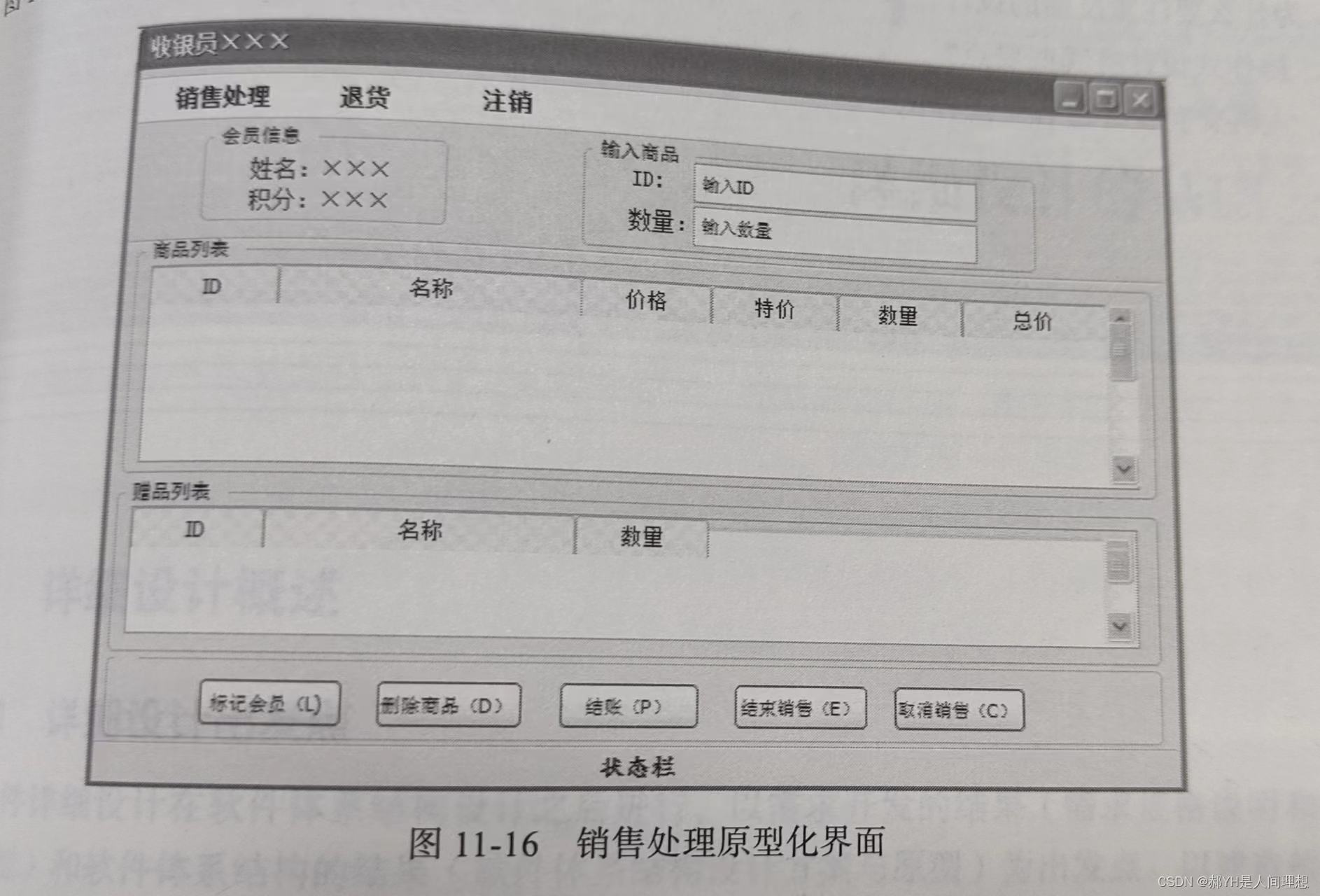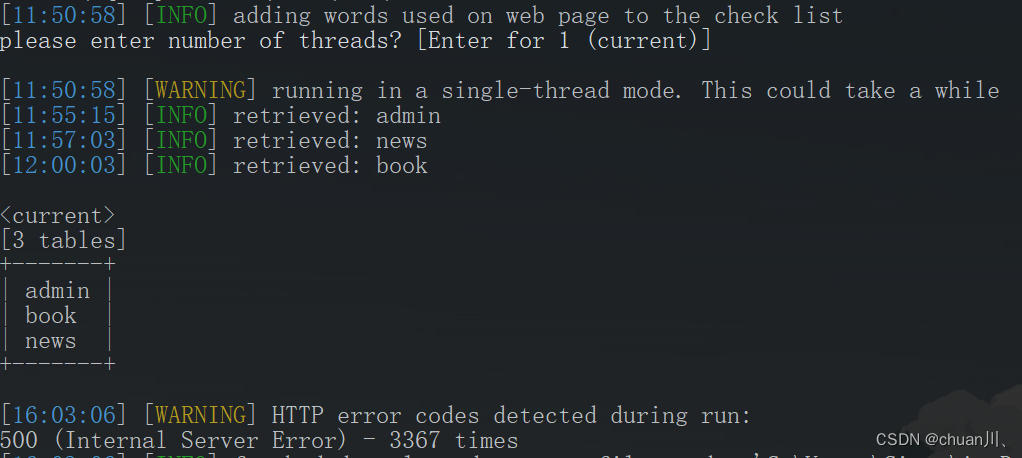文章目录
- 一、LoopThreadPool模块
- 二、实现思想
- (一)管理
- (二)流程
- (三)功能设计
- 三、代码
一、LoopThreadPool模块

TcpServer模块: 对所有模块的整合,通过 tcpserver 模块实例化的对象,可以非常简单的完成一个服务器的搭建。
对前面所有子模块的整合模块,提供给用户用于搭建一个高性能服务器的模块!
二、实现思想
(一)管理
- Acceptor对象,创建一个监听套接字!
- EventLoop 对象,baseloop对象,实现对监听套接字的事件监控!
- std::vector conns,实现对新建连接的管理!
- EventLoopPool 对象,创建loop线程池,对新建连接进行事件监控和处理!
(二)流程
流程:
1. 在TcpServer中实例一个Acceptor对象,以及一个EventLoop 对象(baseloop)
2. 将Acceptor 挂在baseloop 进行事件监控
3. 一旦Acceptor 对象就绪了可读事件,则执行时间回调函数获取新建连接!
4. 对新连接,创造一个 Connection 进行管理!
5. 对新连接对应的 Connection 设置功能回调 (连接完成回调,消息回调,关闭回调,任意事件监控!)
6. 启动Connettion 的非活跃链接的超时销毁功能
7. 将新连接对应的Connection 挂到 LoopThreadPool 中的丛书线程对应的Eventloop 中进行事件监控!
8. 一旦Connection对应的链接就绪了可读事件,则这个时候执行读事件回调函数,读取数据,读取完毕后调用TcpServer设置的消息回调!
(三)功能设计
- 设置从属线程池数量!
2. 启动服务器
3. 设置各种回调函数!(连接建立完成,消息,关闭,任意) 用户设置给TcpServer TcpServer设置获取的新连接!
4. 是否启动非活跃连接超时销毁功能
5. 添加任务!
三、代码
class TcpServer {
private:
uint64_t _next_id; //这是一个自动增长的连接ID,
int _port;
int _timeout; //这是非活跃连接的统计时间---多长时间无通信就是非活跃连接
bool _enable_inactive_release;//是否启动了非活跃连接超时销毁的判断标志
EventLoop _baseloop; //这是主线程的EventLoop对象,负责监听事件的处理
Acceptor _acceptor; //这是监听套接字的管理对象
LoopThreadPool _pool; //这是从属EventLoop线程池
std::unordered_map<uint64_t, PtrConnection> _conns;//保存管理所有连接对应的shared_ptr对象
using ConnectedCallback = std::function<void(const PtrConnection&)>;
using MessageCallback = std::function<void(const PtrConnection&, Buffer *)>;
using ClosedCallback = std::function<void(const PtrConnection&)>;
using AnyEventCallback = std::function<void(const PtrConnection&)>;
using Functor = std::function<void()>;
ConnectedCallback _connected_callback;
MessageCallback _message_callback;
ClosedCallback _closed_callback;
AnyEventCallback _event_callback;
private:
void RunAfterInLoop(const Functor &task, int delay) {
_next_id++;
_baseloop.TimerAdd(_next_id, delay, task);
}
//为新连接构造一个Connection进行管理
void NewConnection(int fd) {
_next_id++;
PtrConnection conn(new Connection(_pool.NextLoop(), _next_id, fd));
conn->SetMessageCallback(_message_callback);
conn->SetClosedCallback(_closed_callback);
conn->SetConnectedCallback(_connected_callback);
conn->SetAnyEventCallback(_event_callback);
conn->SetSrvClosedCallback(std::bind(&TcpServer::RemoveConnection, this, std::placeholders::_1));
if (_enable_inactive_release) conn->EnableInactiveRelease(_timeout);//启动非活跃超时销毁
conn->Established();//就绪初始化
_conns.insert(std::make_pair(_next_id, conn));
}
void RemoveConnectionInLoop(const PtrConnection &conn) {
int id = conn->Id();
auto it = _conns.find(id);
if (it != _conns.end()) {
_conns.erase(it);
}
}
//从管理Connection的_conns中移除连接信息
void RemoveConnection(const PtrConnection &conn) {
_baseloop.RunInLoop(std::bind(&TcpServer::RemoveConnectionInLoop, this, conn));
}
public:
TcpServer(int port):
_port(port),
_next_id(0),
_enable_inactive_release(false),
_acceptor(&_baseloop, port),
_pool(&_baseloop) {
_acceptor.SetAcceptCallback(std::bind(&TcpServer::NewConnection, this, std::placeholders::_1));
_acceptor.Listen();//将监听套接字挂到baseloop上
}
void SetThreadCount(int count) {
return _pool.SetThreadCount(count);
}
void SetConnectedCallback(const ConnectedCallback&cb) {
_connected_callback = cb;
}
void SetMessageCallback(const MessageCallback&cb) {
_message_callback = cb;
}
void SetClosedCallback(const ClosedCallback&cb) {
_closed_callback = cb;
}
void SetAnyEventCallback(const AnyEventCallback&cb) {
_event_callback = cb;
}
void EnableInactiveRelease(int timeout) {
_timeout = timeout; _enable_inactive_release = true;
}
//用于添加一个定时任务
void RunAfter(const Functor &task, int delay) {
_baseloop.RunInLoop(std::bind(&TcpServer::RunAfterInLoop, this, task, delay));
}
void Start() {
_pool.Create();
_baseloop.Start();
}
};

